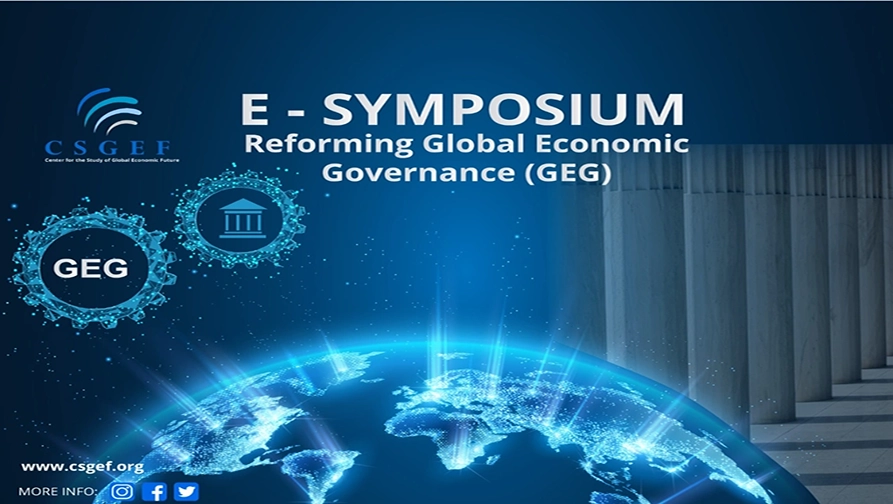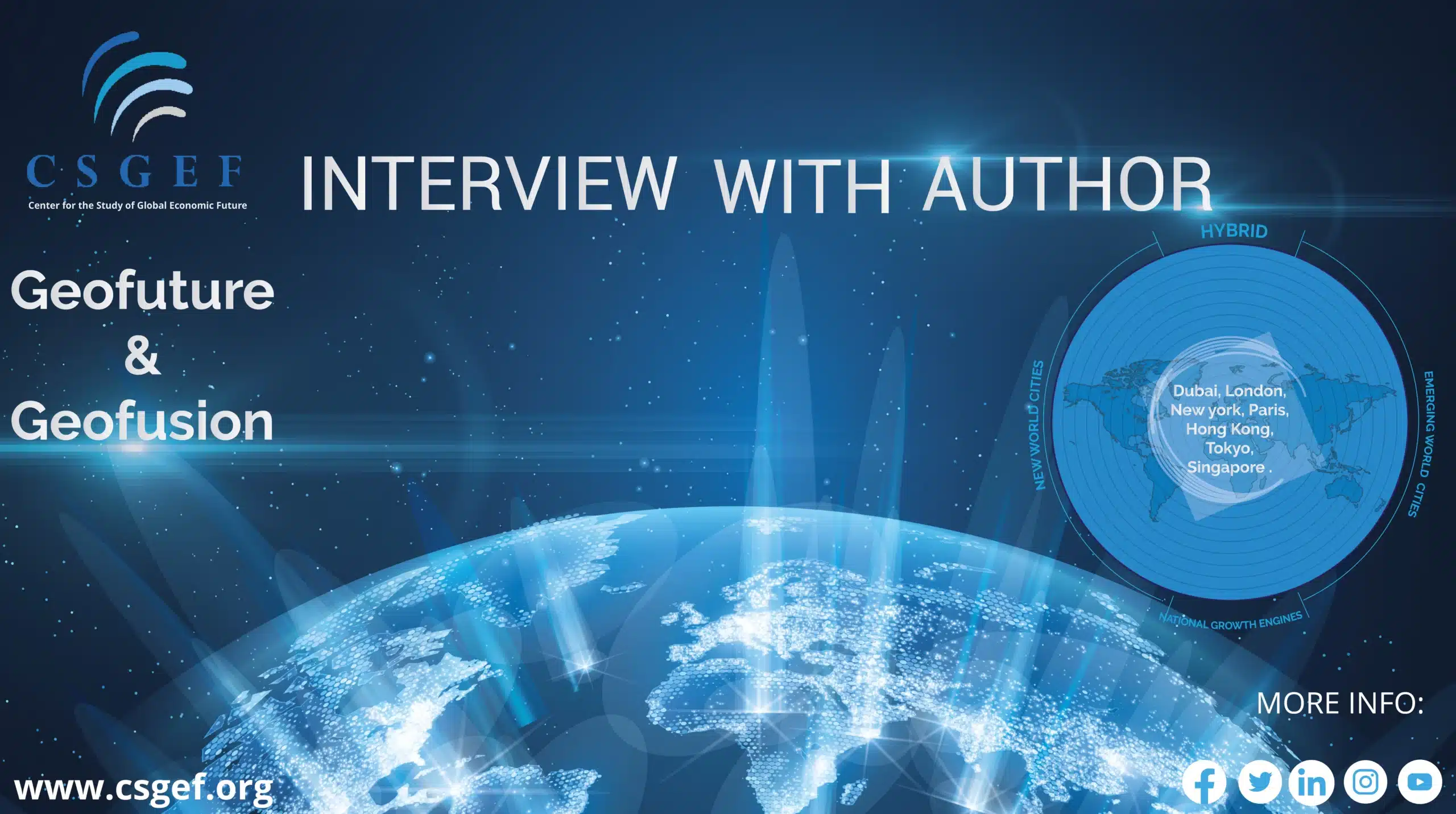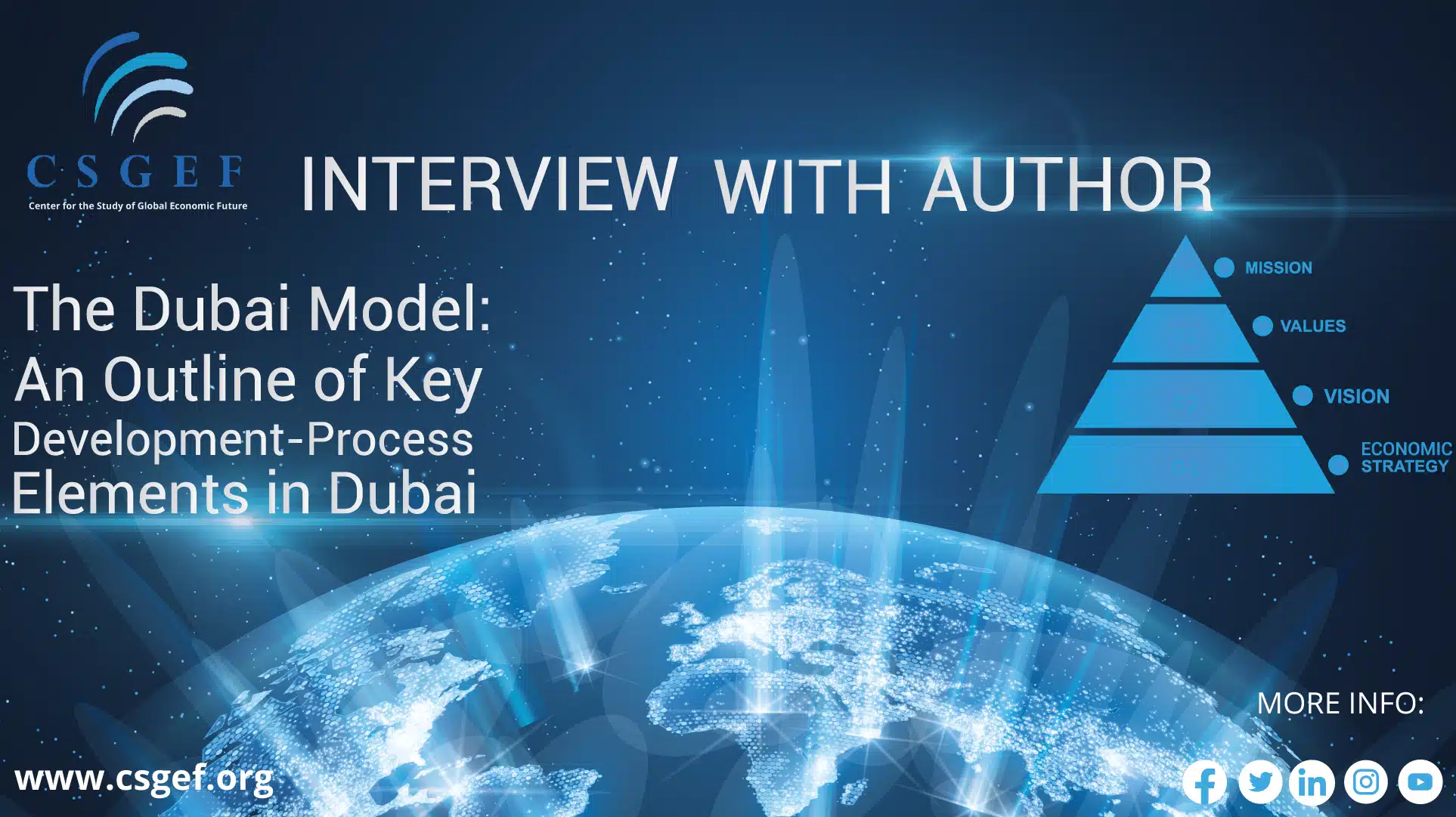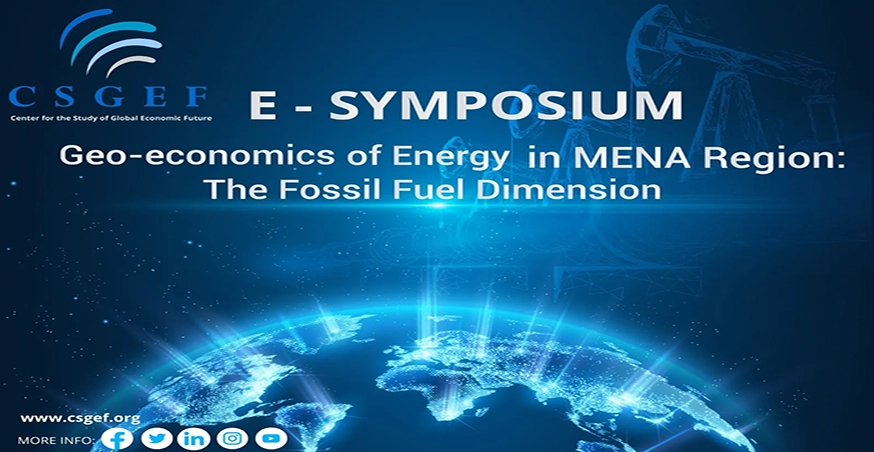Global economic governance is the set of norms and institutions along which rules are generated to manage the global economy. It involves four categories of actors:
- Intergovernmental organizations (IGOs)
- States
- non-governmental organizations (NGOs)2
- Businesses.
Due the devastations caused by WWII , global leaders decided to prevent the recurrence of atrocities at a global scal from happening again and the global economic governance/ order was an attempted to address the fundamentals that led to WWII. The GEG was came out of the Bretton woods meetings in New Hampshire such and was structured in way that regulate global finances , investment and trade. the International Monetary Fund (IMF) and the World Bank were a central institutions This was followed by the creation of institutional order that what would regulate trade and avoid trade war and therefore the General Agreement on Tariffs and Trade (GATT) was created in Geneva in Switzerland. The GATT was the precursor of the World Trade Organization.
After the end of the Bretton Woods system, global economic governance evolved towards a more multipolar system. The international monetary system is no longer solely centered on the US dollar, but is increasingly built on several pillars, including an important role for the euro and the yen, and a renminbi which is growing in significance.
This lead to the emergence of the concepts of Global Economic Governance (GEG)
The GEG is a fundamental framework in resolving collective action issues and promoting cross-border co-ordination and co-operation in the provision or exchange of goods, money, services and technical expertise in the world economy. Currently the Global Economic Governance is expressing power and authority shifts in the global governance architecture, technological and energy-related challenges, and the role of the G20 and BRICS in shaping global economic governance.
An efficient and relevant architecture for global economic governance is key to achieving international development goals and the Millennium Development Goals and address other critical development challenges. Other sources of public and private development finance are increasingly significant, including foreign direct investment, remittances and private flows.





